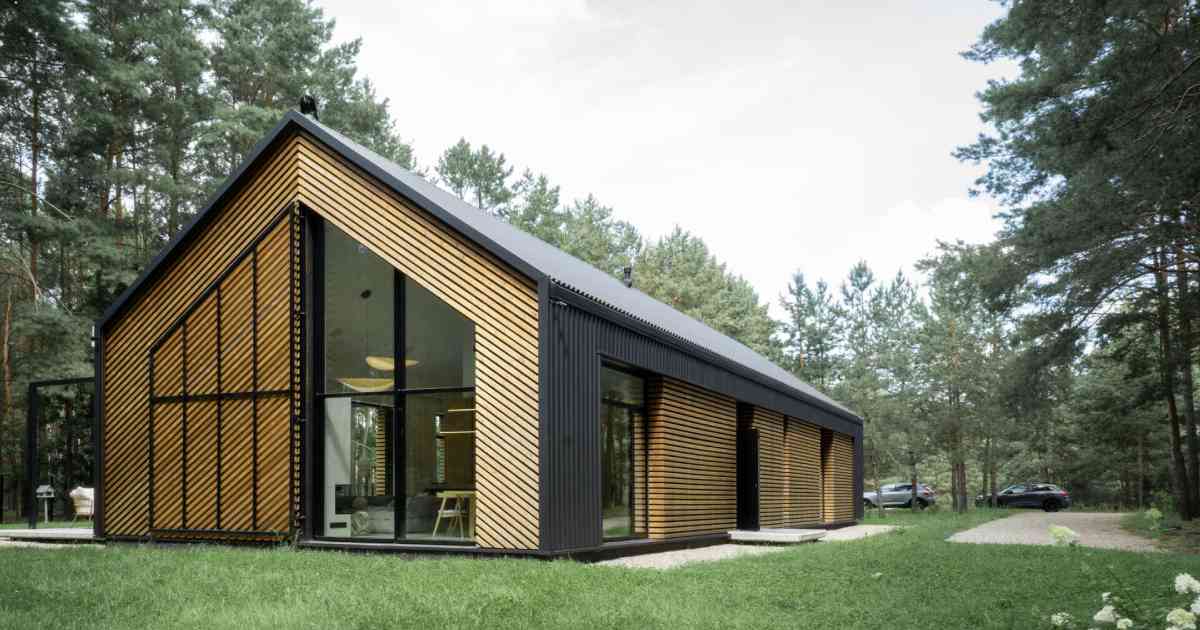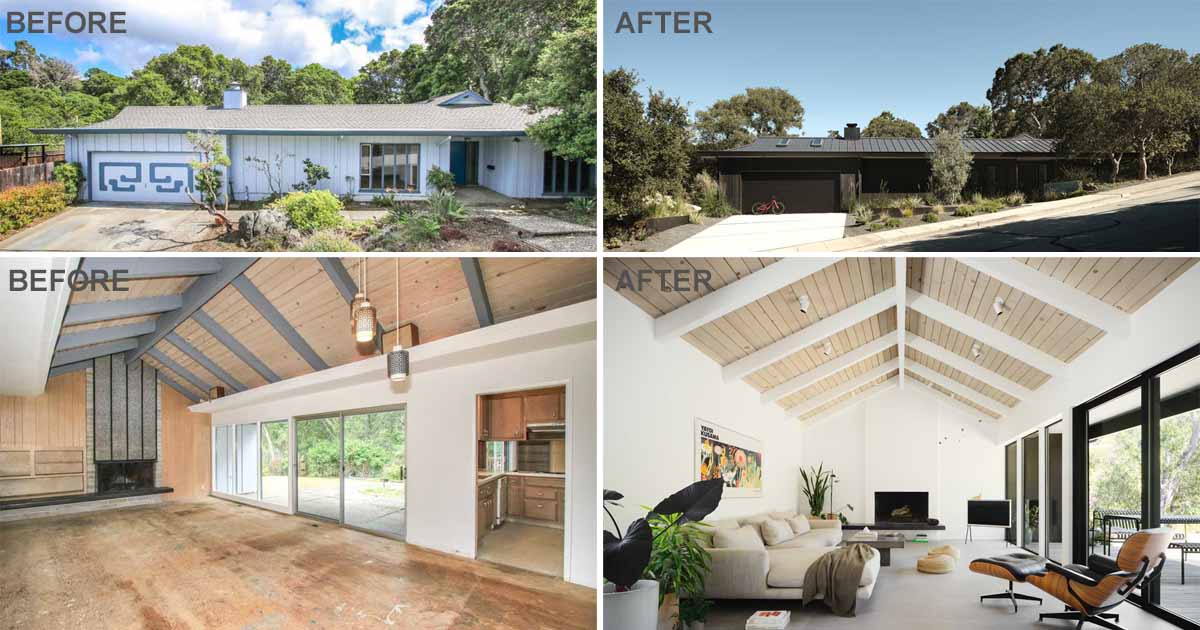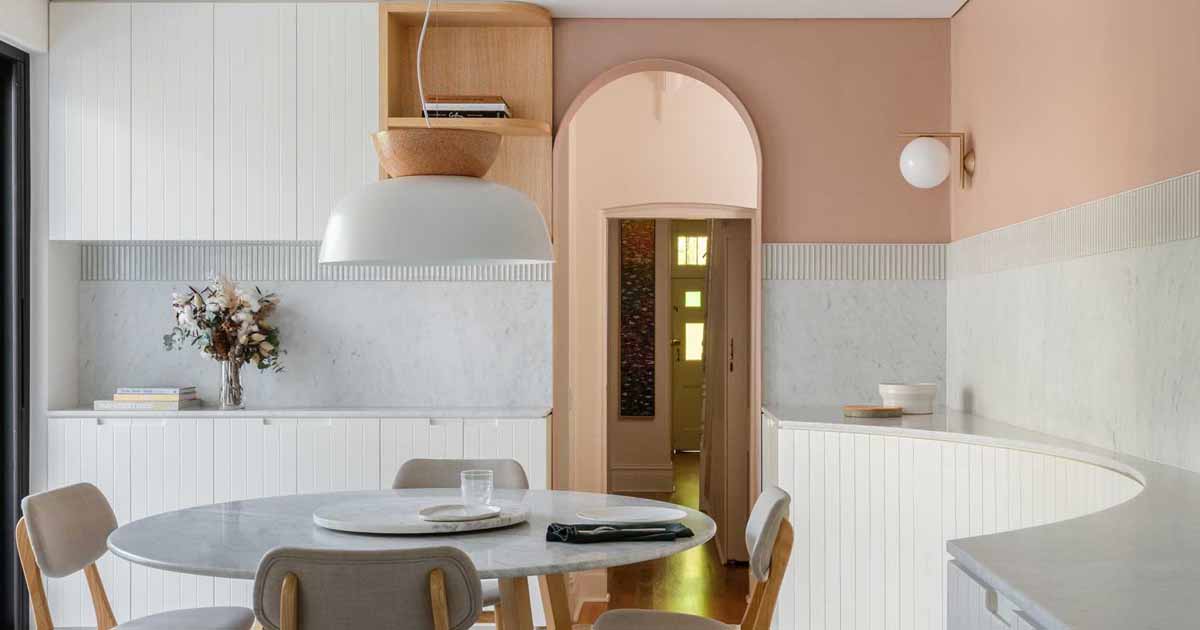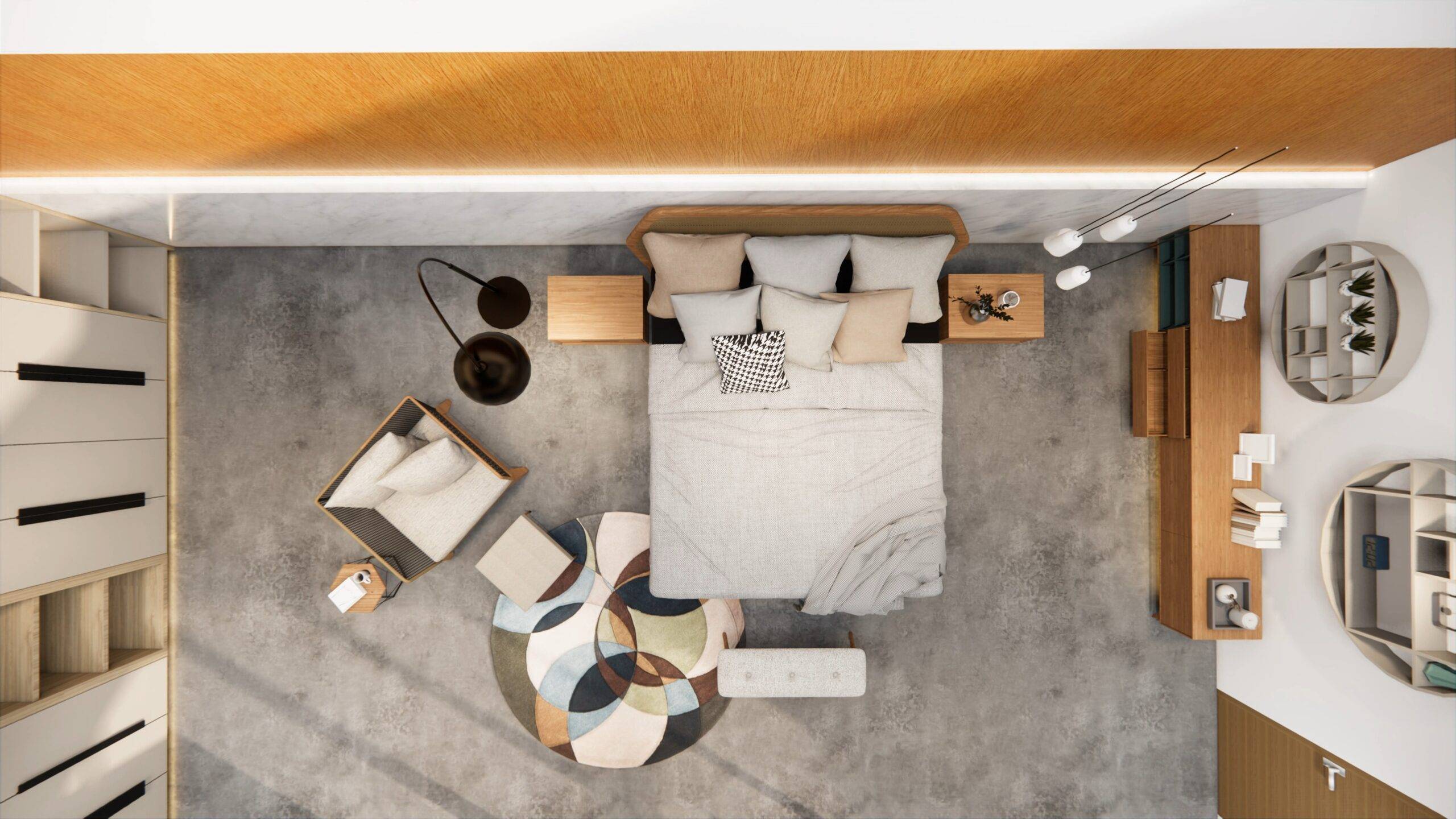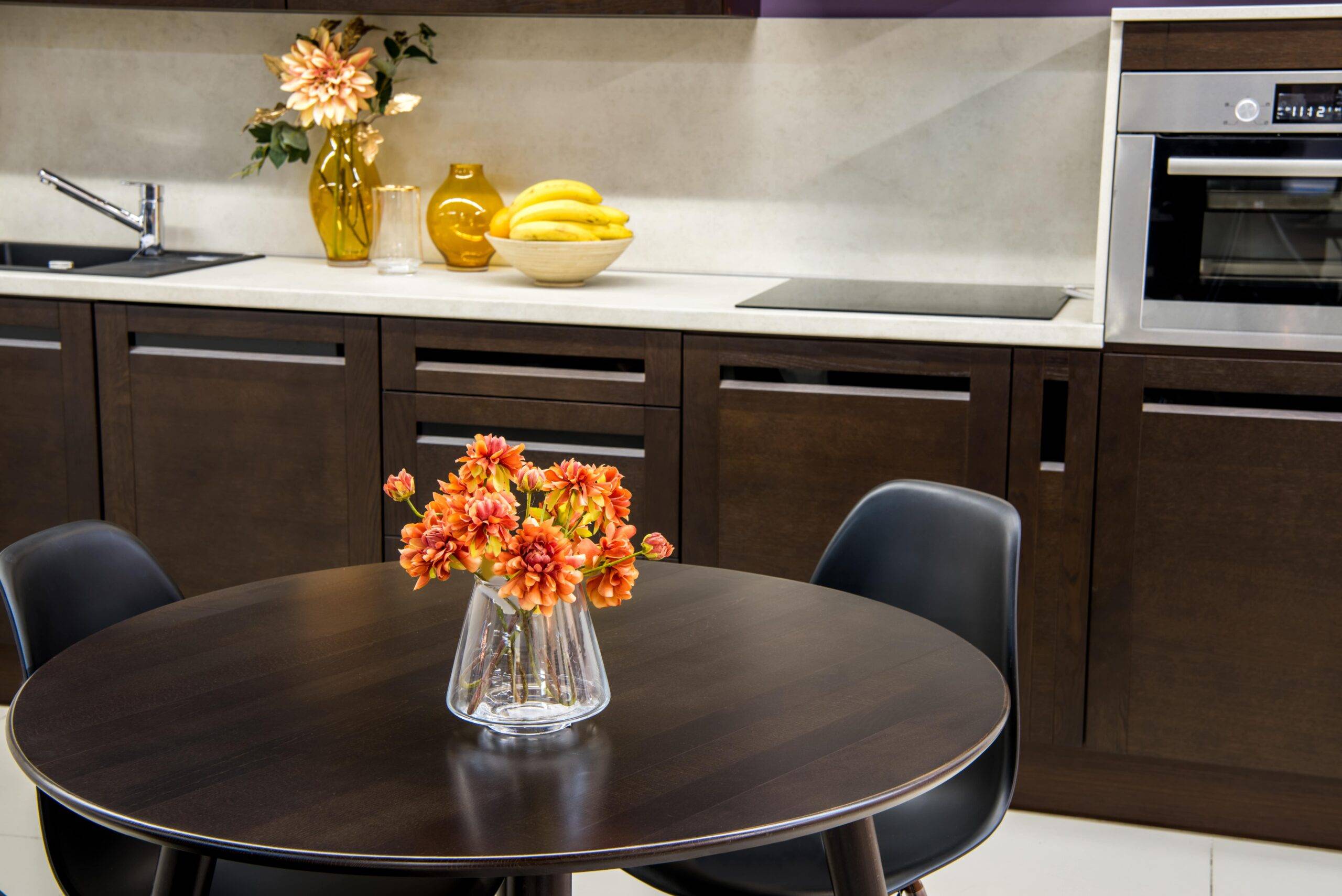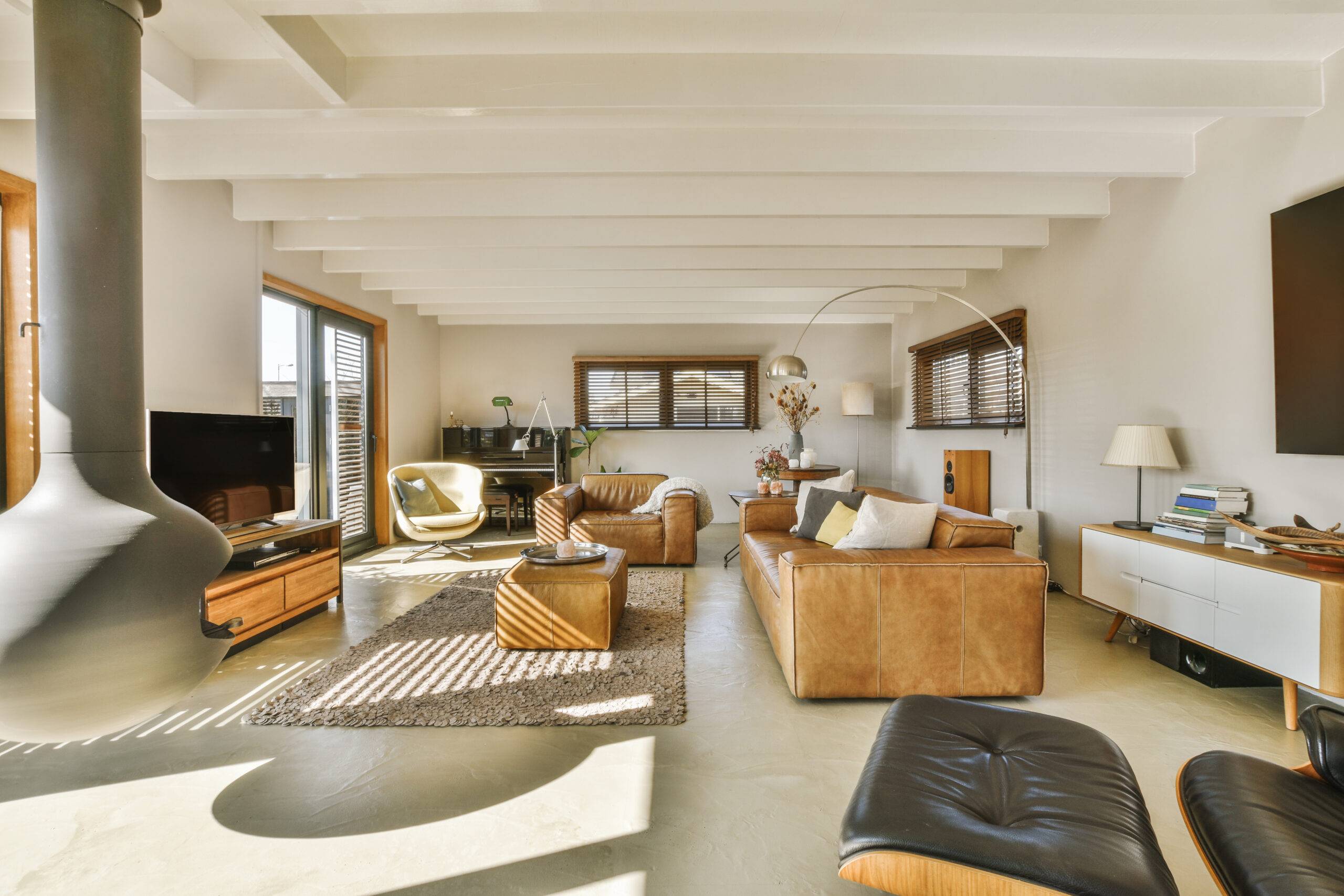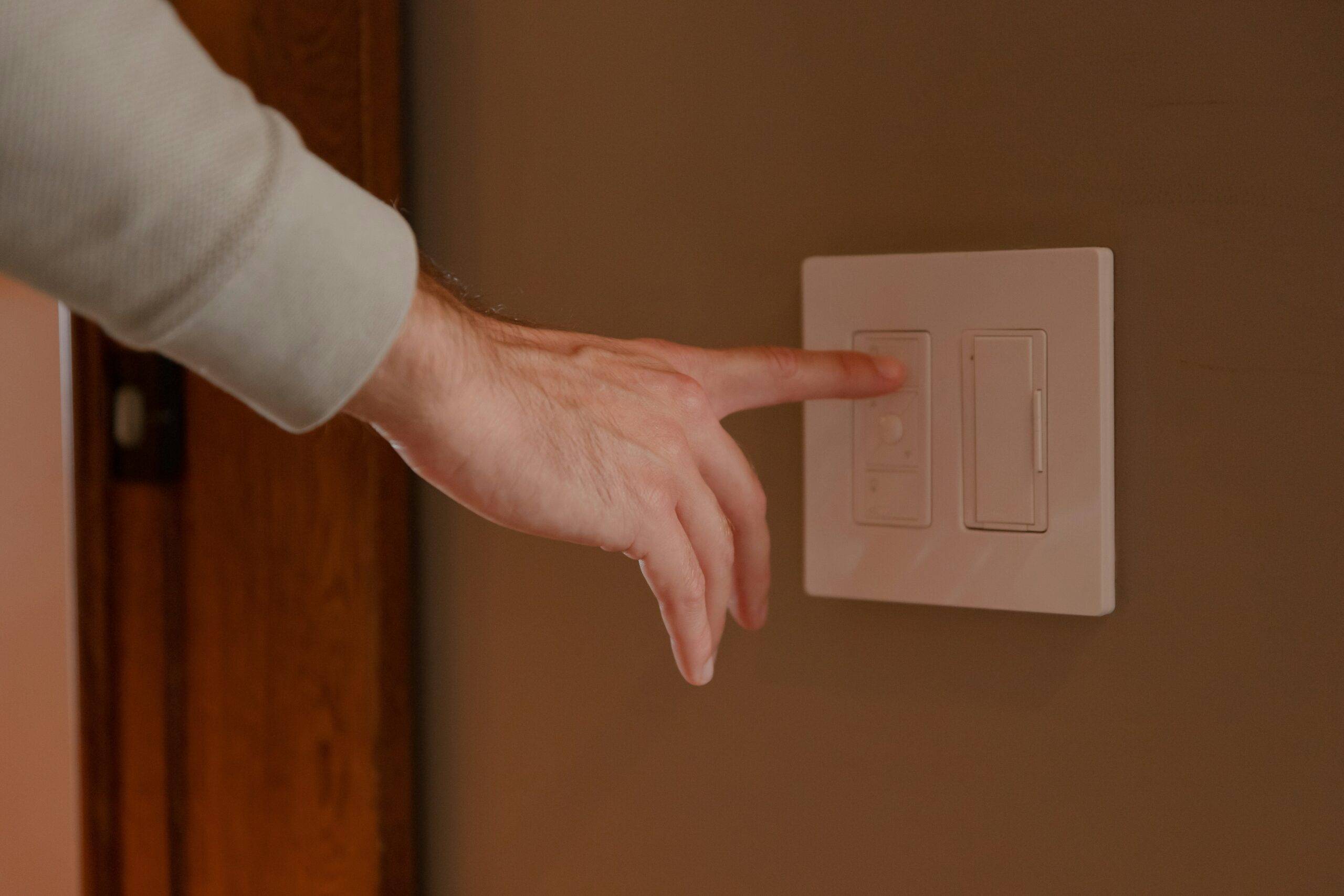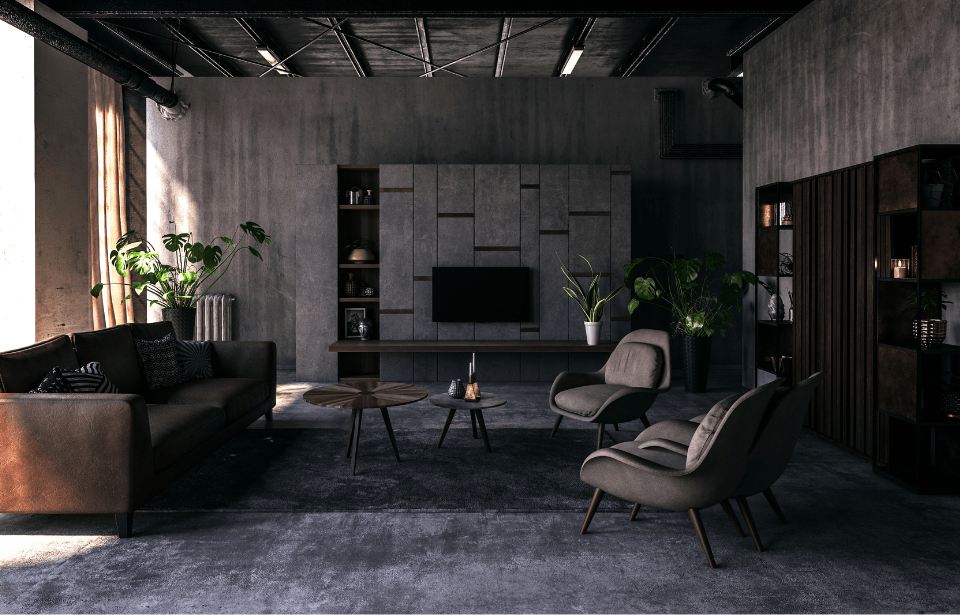Common Furniture Arrangement Mistakes And How To Fix Them
Imagine walking into a room that feels just right, with everything in its place, creating a harmonious feeling and a flow between the different sections. Achieving this perfect balance is often easier said than done since many of us unknowingly make the same mistakes when arranging our furniture that disrupt the potential beauty and functionality […] You're reading Common Furniture Arrangement Mistakes And How To Fix Them, originally posted on Decoist. If you enjoyed this post, be sure to follow Decoist on Twitter, Facebook and Pinterest.

Imagine walking into a room that feels just right, with everything in its place, creating a harmonious feeling and a flow between the different sections. Achieving this perfect balance is often easier said than done since many of us unknowingly make the same mistakes when arranging our furniture that disrupt the potential beauty and functionality of our spaces. However, with a few simple adjustments, you can free up a lot of space and clear that cramped air in your home. Let’s dive into some of the most frequent furniture arrangement mistakes and how to fix them effectively.
1. Overcrowding
One of the most frequent mistakes is overcrowding a room with too much furniture. This not only makes the space feel tight and stuffy, greatly impacting the flow, which then impacts comfort. Overcrowding can make even the most spacious room feel claustrophobic and uninviting. To fix this, start by assessing your essentials. Keep only the pieces that serve a purpose or bring joy. Consider multi-functional furniture, like an ottoman or couch with hidden storage, to maximize utility without adding clutter. Create breathing room by ensuring there’s enough space to walk comfortably around each piece. Remember, sometimes less is more, and a few well-chosen items can make a more significant impact than a room full of furniture.
2. Ignoring the Focal Point
Every room has a focal point, whether it’s a fireplace, a large window, or a piece of art. Ignoring this can lead to a disjointed and unbalanced space, so the focal point should naturally draw the eye and serve as the anchor for your furniture arrangement. Take a fresh look at the room you’re looking to fix. What features do your eye go to first? Is it something you can build around, or will you need to introduce your own focal point? Arrange your seating and other key pieces to face or complement the feature or piece you chose. This helps lead the eye to a space that feels complete and complimentary, thus making the room feel cozier as a result.

3. Blocking Pathways
Furniture that obstructs pathways can make a room feel awkward and difficult to navigate. This mistake often happens when furniture is placed without considering, as mentioned, the natural flow or movement of the space. A blocked pathway can lead to frustration, stubbed toes, and even accidents as people have to move unintuitively. Every once and a while, take a step back and observe how your brain naturally wants to move through the space, then rearrange your furniture to fit those paths. Ensure there’s enough space between pieces for comfortable walking, nothing should be too tight. Consider the placement of doors and windows and avoid placing furniture in a way that blocks their access. This refresh will help make your room feel more open, airy, and inviting.

4. Pushing Furniture Against Walls
Now, when wanting to make space, a common misconception is that pushing all furniture against the walls will make a room appear larger. In reality, this can create a cold and unwelcoming atmosphere, as it makes the space appear rigid. Floating furniture arrangements, where pieces are pulled away from the walls, instead feel more intimate and inviting. Try experimenting with pulling your sofa or chairs a few inches away from the walls to start. Create cozy conversation areas by grouping seating around a central coffee table or rug, anchoring your furniture to a central point. Things like shelving or media centers can stay against the walls, but any piece on which someone will be sitting should be more in center of the space.
5. Neglecting Scale and Proportion
Mismatched furniture sizes or furniture that doesn’t fit the space properly can throw off the balance of a room, making it feel awkward and disjointed. Oversized furniture in a small room can overwhelm the space, while tiny pieces in a large room can feel lost. It’s important to consider the scale and proportion of each piece in relation to the room and each other. In a small room, opt for sleek, low-profile pieces that maximize space without overwhelming it. In larger rooms, incorporate larger furniture or group smaller pieces to create balance. Make sure these pieces aren’t at odds with one another, like a huge coffee table in front of a loveseat.
6. Ignoring Functionality
A beautifully arranged room might be lovely to look at, but it’s of little use if it doesn’t meet your functional needs. Consider how you use the space and what activities take place there, then arrange furniture to support these activities. For example, in a living room, ensure there’s enough seating for family and guests, and that the TV is positioned for comfortable viewing (not too high, not at a weird angle). In a home office, prioritize a desk and chair setup that has everything you need within reach. Think about storage needs, what items you’d like to have nearby, and what else the space could be used for special occasions.

Arranging furniture is both an art and a science, but by simply avoiding these common mistakes can transform your home into a harmonious and inviting space. Remember to prioritize the overall feel of the room and the way it works for your needs. From there, you can stack on the details that make a space truly yours. Without a good foundation, the whole design becomes shaky, so by focusing on these core elements, you’ll have a room that can adapt to anything!
Ready to bring new life to your home? Subscribe to our newsletter for exclusive interior design tips, trends, and ideas that will transform your space. Click here to subscribe!
You're reading Common Furniture Arrangement Mistakes And How To Fix Them, originally posted on Decoist. If you enjoyed this post, be sure to follow Decoist on Twitter, Facebook and Pinterest.
What's Your Reaction?








